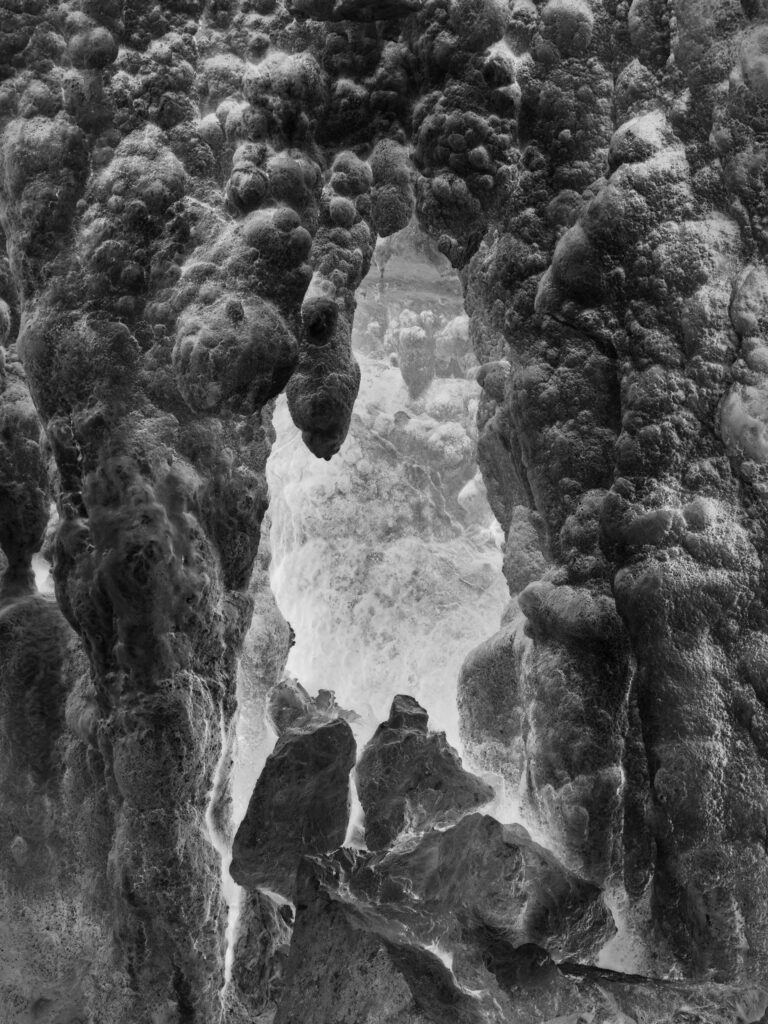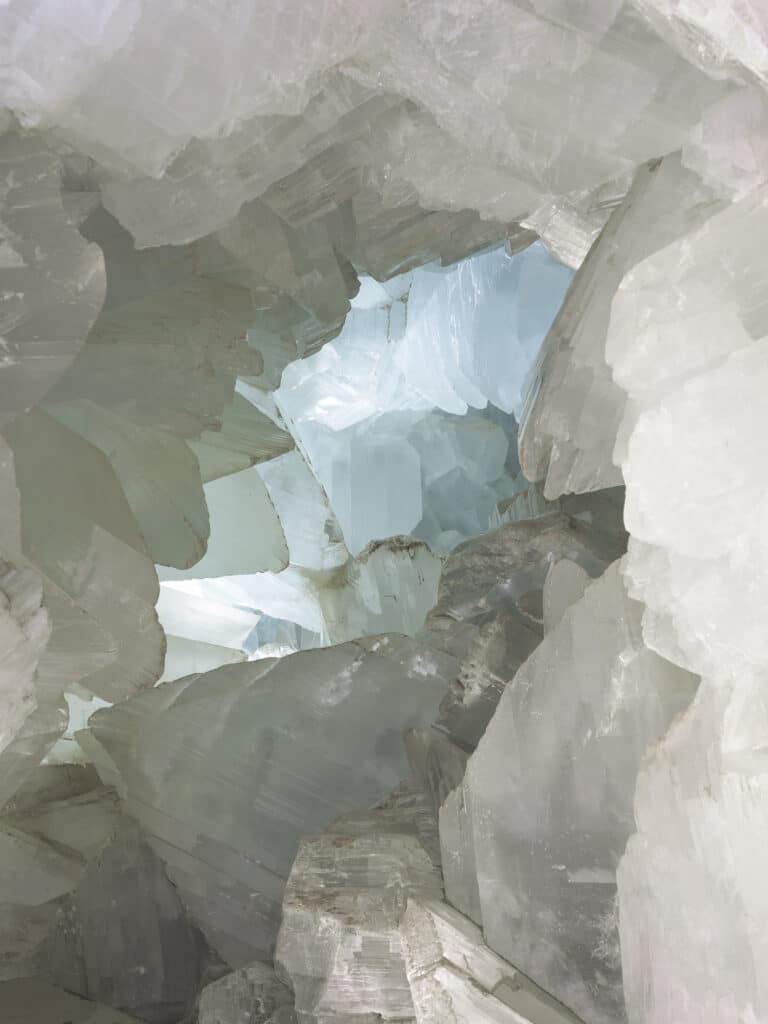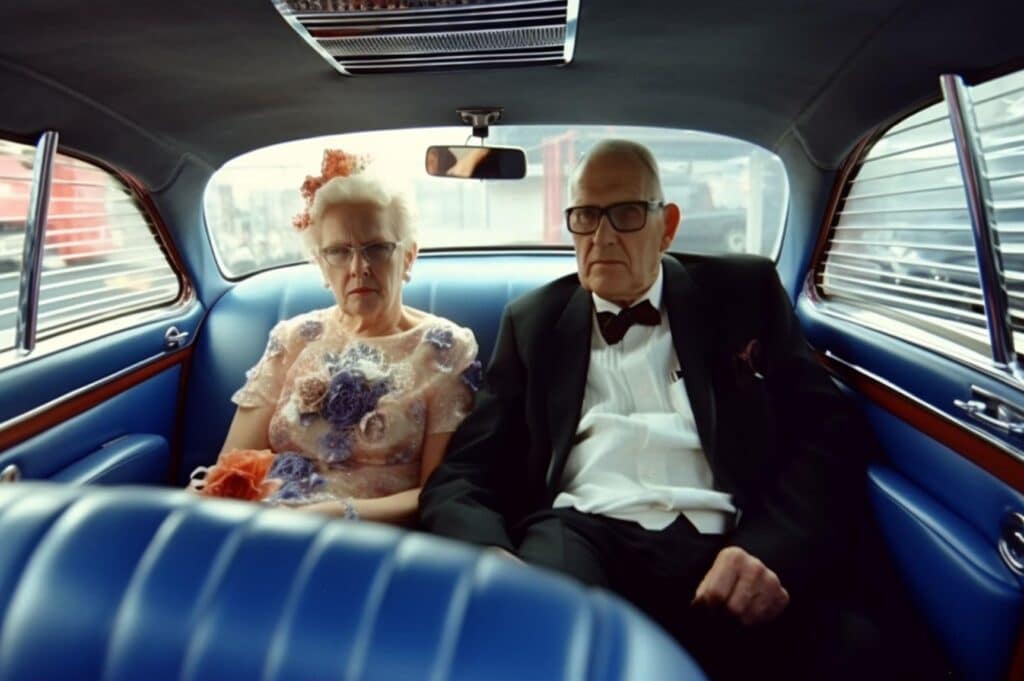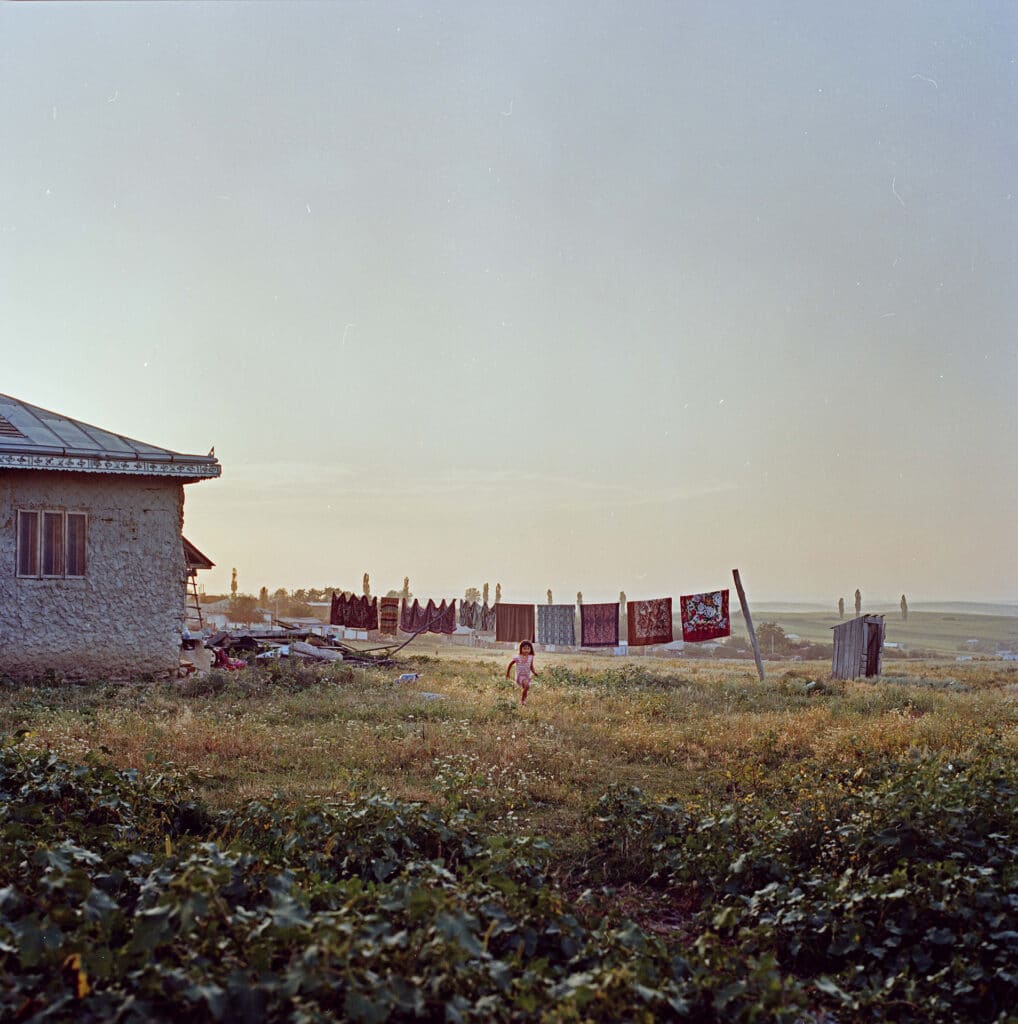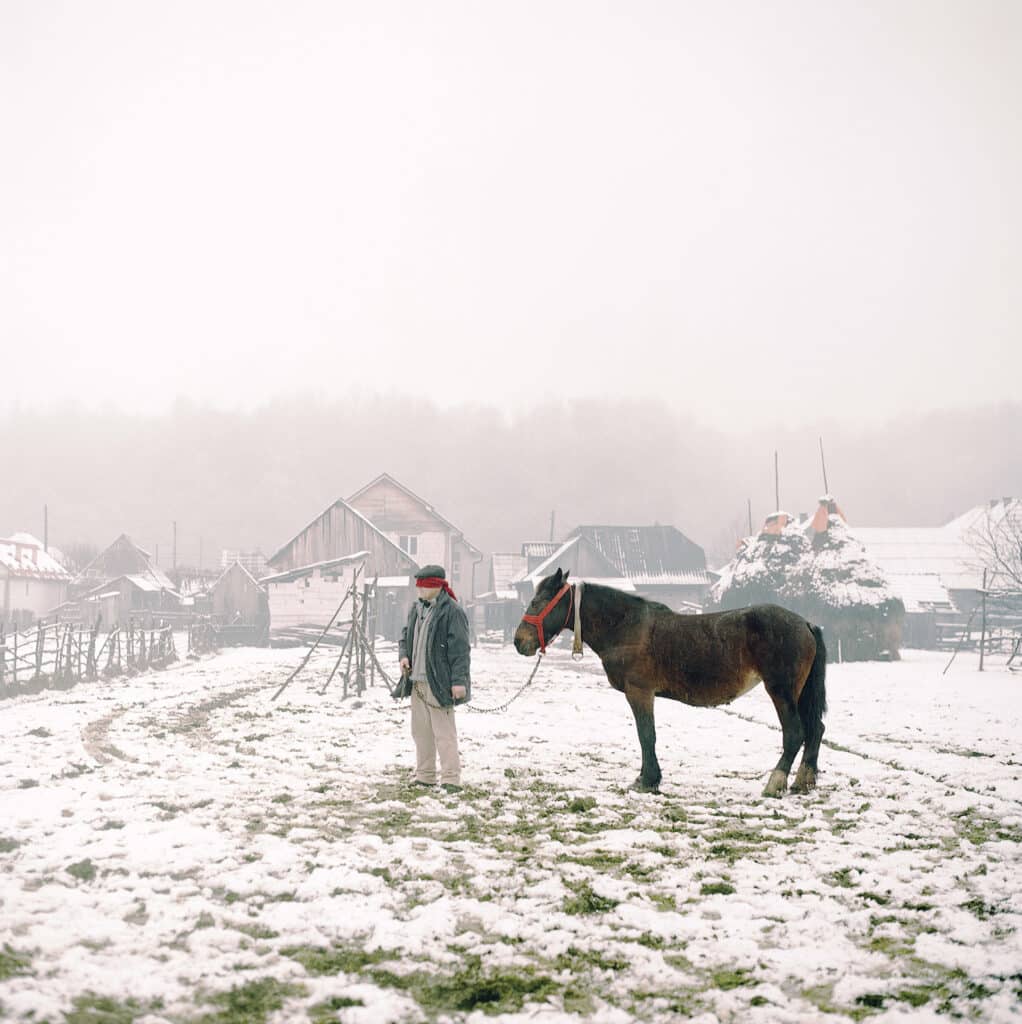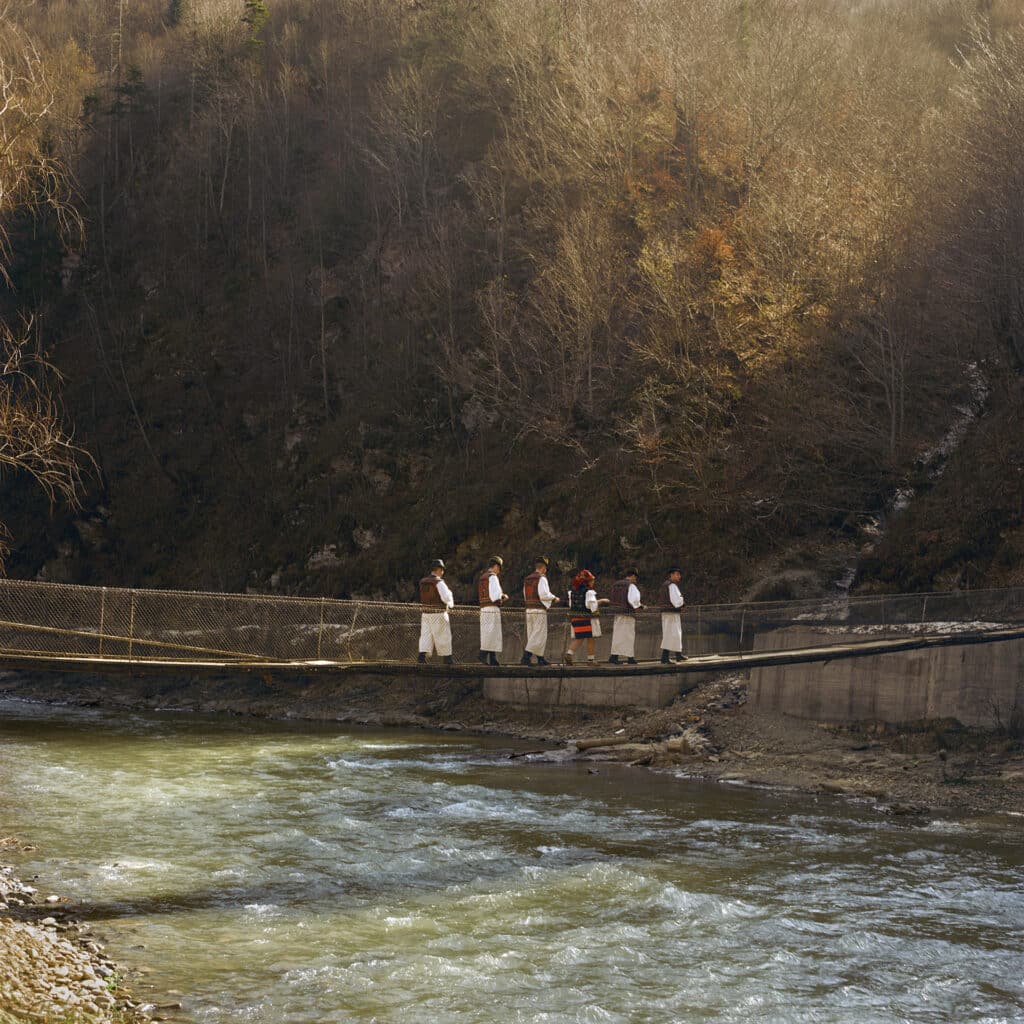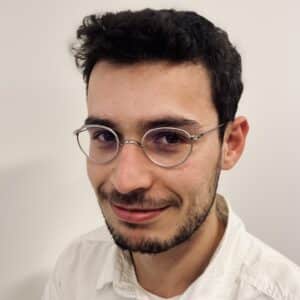Niépce prize, Nadar prize, Bourse du Talent, Prize for the print of the International College of Photography in Paris and, since this year, Camera Clara prize: the Bibliothèque Nationale de France (BNF) has diversified its support for major photographic prizes. For the 3rd year running, each of the prize-winners will be exhibited at the “Photography at all costs, A year of photographic prizes at the BNF” exhibition.
Observers of the contemporary world
The Nadar prize, organised by the association Les Gens d’Images, alongside the Niépce prize, has been awarded to Nous l’horizon resterons seul by Jean-François Spricigo, published by Éditions Le Bec en l’air. Over the past 20 years, Spricigo has been developing an artistic language that blends different photographic styles, fuelled by a dialogue between writing, sound, video and staging. “Humbly, I observe nature and recognise it as the only tangible standard in the face of the mutations of our societies”, explains Jean-François Spricigo, who has an “unconditional love for nature and animals”. For him, there is no hierarchy of respect: whatever form Life has chosen to take, the important thing is Life in the form. “In this way, we can all recognise ourselves as intensely alive”, says the photographer, who describes himself as “often funny, enthusiastic, quick to marvel and quite impatient”.
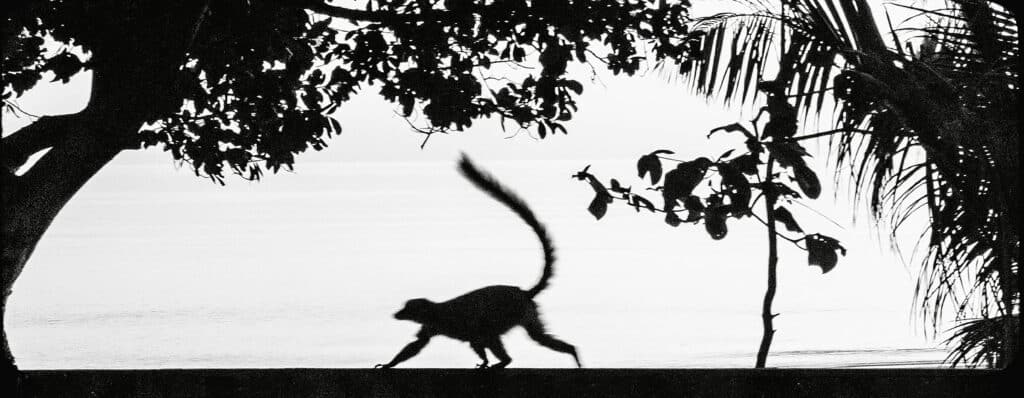
Similarly, photographer Juliette Agnel, winner of the Niépce 2023 prize as a unique artist in the French photography scene, has set out on a quest to “understand the world” through a “global philosophical” approach. From the heavens to the earth, Juliette Agnel draws her inspiration from her relationship with the cosmos and telluric forces. “She photographs what is invisible”, says gallery owner Clémentine de la Féronnière, and “tries to convey what is of the order of feeling and interiority”. “The calm that emerges from them is the most concrete example: they are a machine for passing through time, which also bears the imprint of an ecological evidence.” “The art that moves me has to do with the relationship between reality and the invisible, with the forces that surround us but that we can’t see. It’s a licence to believe in an absolute. In Greenland, Sudan, Dogon country or Finistère, it’s the same quest that I tirelessly pursue: to grasp what unites us at the deepest level, reminding us that the human body is a meaningful fragment of the cosmos”, explains Juliette Agnel on her website.
Created in 1997, this year’s Bourse du Talent showcases three photographers who are also witnesses to the world: Daesung Lee, Florian Ruiz and Kamila K Stanley. Originally from Busan, South Korea, and based in Paris, Daesung Lee is presented as a humanist photographer, a witness to peril and a engaged observer. Between poetry and research for meaning, the artist awakens consciences through beauty. Florian Ruiz, a French photographer, has made the opposite journey and now lives in Japan. His photographic work expresses an atmosphere, a feeling or an impression of desolation. Using collage, superposition and assemblage, the artist seeks to make the invisible visible. Paris-based Anglo-Polish photographer Kamila K Stanley also works on societal issues, documenting Brazil’s LGBTQI+ community under President Jair Bolsonaro’s homophobic mandate and questioning European identity in the wake of Brexit. Through her work, she seeks to “raise our sights”.
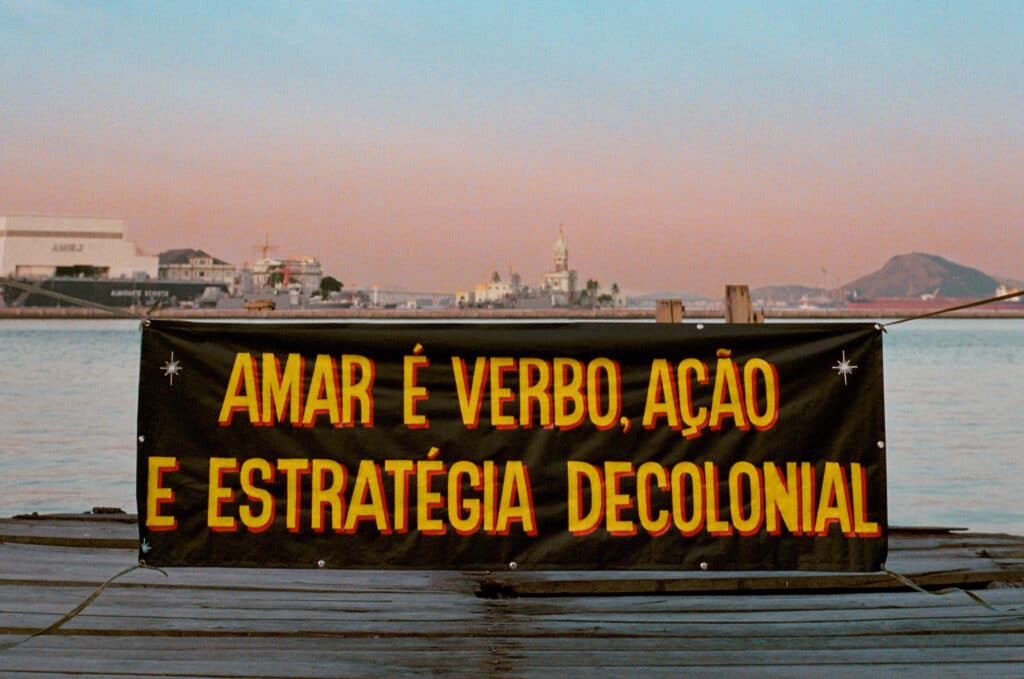
Based in London, Laura Pannack is the winner of the Camera Clara 2023 prize. Created in 2012 by Joséphine de Bodinat Moreno, this prize rewards artists working in the photographic ‘chamber’, far from the hustle and bustle of contemporary digital images. Slowness is seen as a virtue. The prize rewards “an original work by an artist, presented as a series or photographic ensemble so that it can be judged on its coherence, both in terms of form and content”. “Laura’s remarkable ability to establish a relationship of trust and respect with her subject allows her to express a raw vulnerability that is as sincere as it is difficult to capture”, said photographer Terry O’Neill. Laura Pannack’s work highlights the complex relationship between photographer and subject. This means fully understanding their lives, and ‘listening’.
The exhibition La photographie à tout prix. Une année de prix photographiques à la BnF (Photography at any price. A year of photographic prizes at the BnF) takes place at the Bibliothèque nationale de France until 24 March 2024 in the allée Julien Cain, Quai François Mauriac, in the 13th arrondissement of Paris.

